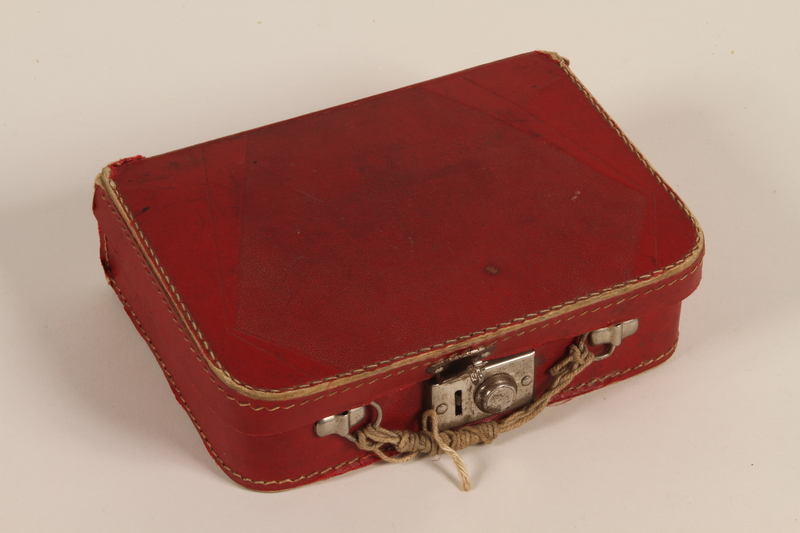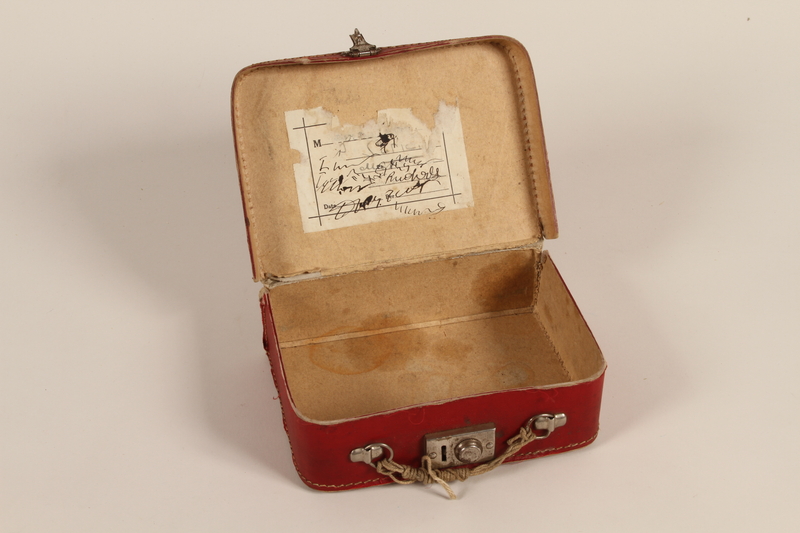Max Dobriner (later Geoffrey Dickson) was born on March 16, 1926, in Deutsch Krone, Germany (Walcz, Poland), to Julius and Hertha Cohn Dobriner. Max had two older brothers, Robert, born in. 1921, and Herbert, born in 1924. They were an observant Jewish family. In January 1933, Hitler was appointed Chancellor of Germany. By July, the Nazi dictatorship was firmly in place and restrictive Jewish policies had been enacted. Max’s mother wanted the family to leave Germany, but Julius, a World War I veteran of the German Army, resisted the idea.
On Kristallnacht eve, November 8, 1938, Julius was beaten, arrested, and incarcerated in Oranienburg/Sachsenhausen concentration camp until March 13, 1939. Upon his release, Julius determined to get his sons out of Germany. Before they could do this, the eldest, Robert, was shot and killed by the Gestapo. Herbert escaped to Denmark. Max, age thirteen, was put on a train as part of the Kindertransport (Children’s Transport) on July 4, 1939. He arrived in Harwich, England, a day later, and was placed in a transit camp in Ipswich. In October, Max was transferred to Benson, near Oxford, and then in February 1940, to a refugee hostel in Sheffield. After the hostel was bombed out in December 1940, he slept for six months underneath a synagogue in Sheffield. He worked as a baker's apprentice and, at night, attended school. In 1944, Max was drafted into the British Army.
Max corresponded with his parents and brother Herbert until sometime in 1942. The war ended with the surrender of Germany in May 1945. Max learned that, in 1942, his brother Herbert had been deported from Denmark to Auschwitz concentration camp, but he had survived. His parents, Julius and Hertha, were deported first to Radinkendorf, near Frankfurt, and then to the Warsaw ghetto, where they perished.
Max married Nancy Gwendoline Allin on April 11, 1949. Nancy died in 1994. Max, who changed his name to Geoffrey Dickson, remarried in 1995 to Jane Catherine Pamment. They settled in Kent. He has five children. Max practices alternative medicine and his wife Jane is a professional violinist.





